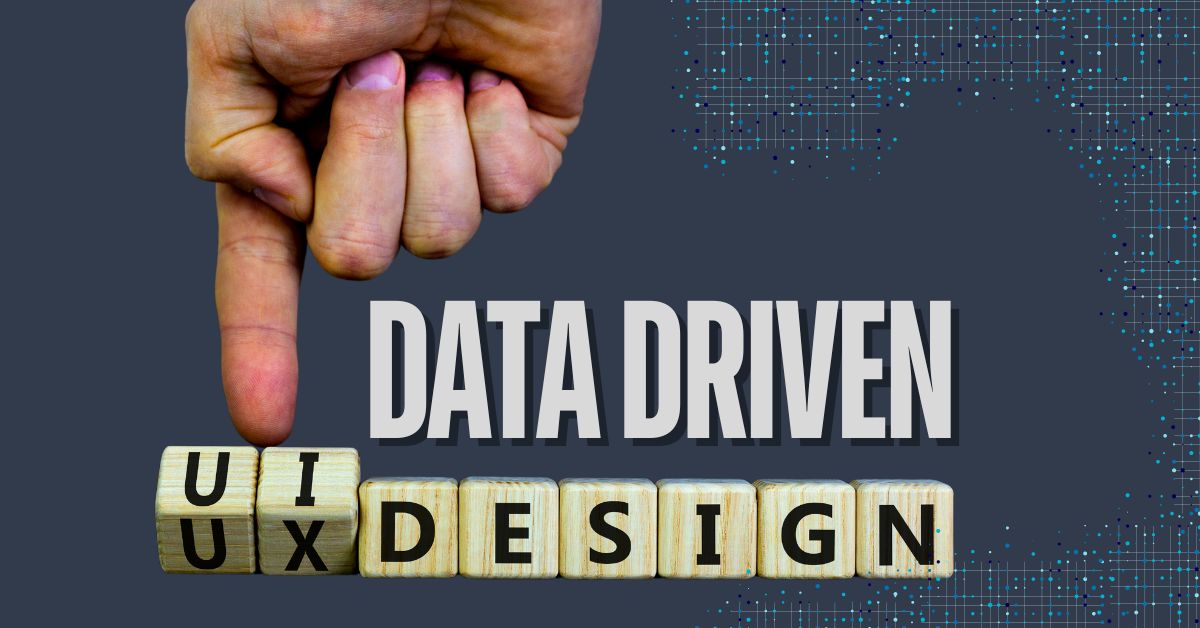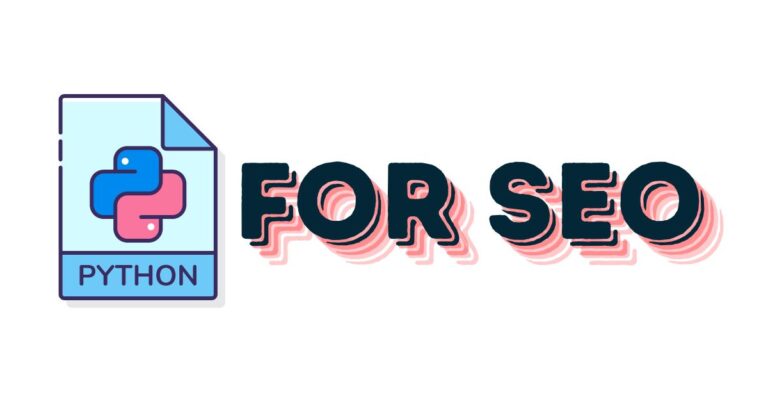Data Driven Design: Everything You Need to Know
Have you ever been in a situation where a senior designer asked you why you chose a certain design and you responded because “it felt right”? I’m willing to bet their reaction wasn’t exactly enthusiastic. That feels pretty bad, right?
Well, it’s not entirely your fault. On the surface, being a designer is all about how things look and feel—but what many designers, especially newcomers, fail to realize is that you need to combine data with your decisions.
In this article, we’re going to talk just about that.
Read on as we cover the topic of ‘data-driven design’ and how you, as a designer, should support your design decisions not just with intuition, but with data as well.
What is Data Driven Design?
Data-driven design is a way of making decisions in the design process based on actual data instead of just going with what feels right.
This means looking at information from user behavior, like what people click on or how long they spend on a page, to guide how things are designed.
Essentially, it’s about using facts to make your designs better and more effective, ensuring they really work for the people using them.
Why is Being a Data Driven Designer Important?
In this section, we’ll explore the benefits of adopting a data-driven design approach, providing real-life examples to illustrate each benefit.
Improved User Experiences
When you use actual data about how users interact with your site, you can tailor their experience, making it more personal and engaging. This means happier users who stick around longer.
Examples
- An e-commerce site implemented user behavior data to redesign its product pages, focusing on usability and personalization. The changes resulted in increased user engagement and a noticeable boost in return visits.
- A prominent application of data-driven design is observed with the Headspace app. The company utilized user interaction data to identify that new users were overwhelmed by the app’s numerous features. In response, Headspace streamlined its user interface to focus more on core meditation practices, which significantly improved user retention and engagement by making the app more accessible and less intimidating for newcomers.
Increased Conversion Rates
Data-driven design pinpoints where users get stuck and helps smooth those spots to boost effectiveness and conversions.
Examples
- Virgin America revamped their booking system after A/B testing showed where users were bailing. The new, streamlined process led to a 14% rise in conversions and fewer calls to customer support.
Reduced Development Time
Using data to guide your design from the start helps catch issues early, reducing the need for time-consuming fixes later.
Examples
- Music & Arts revamped their website using insights from user testing, which sped up the whole process and improved their sales by 30% year over year.
- Netflix uses viewing data to suggest shows and movies users might like, making their browsing experience more personal and engaging. This smart use of data means Netflix can produce and recommend content that’s more likely to be a hit, making their service better and more efficient.
Now that you understand the importance of being data-driven in design application, let’s go through the exact steps you can take to implement this practice.
How to Do Design That’s Data Driven
Becoming a data-driven designer means integrating user data at every stage of the design process to enhance decision-making and optimize user interfaces.
Here’s an expanded step-by-step guide to effectively harness this approach:
Step 1: Set Your Goals
Kick things off by clearly defining what you want to achieve.
Setting SMART (Specific, Measurable, Achievable, Relevant, Time-bound) goals will help you steer your design projects and gauge success.
For example, aiming to boost your website’s conversion rate by 10% over the next quarter gives you a concrete target to hit.
Step 2: Get to Know Your Users
Really get to know your audience by gathering detailed data about who they are—from demographics to behaviors, motivations, and even frustrations.
Use tools like surveys, interviews, and analytics to build a rich, data-backed profile of your users.
This step ensures your design decisions cater directly to real needs, making your outcomes more user-focused.
Step 3: Build Your Interface
Translate your goals and user research into actionable design elements by crafting your user interface (UI).
Adhere to proven UI design principles like simplicity and consistency while allowing data insights to inform choices about colors, typography, layout, and navigational structures.
Utilize design and prototyping tools such as Adobe XD, Figma, or Sketch to bring your concepts to life.
Step 4: Check Your Interface
With your goals set and user insights in hand, start shaping your user interface (UI).
Stick to key UI principles like simplicity and consistency, but let your user data influence decisions about design elements like colors, fonts, and layout.
Tools like Adobe XD, Figma, and Sketch are great for bringing your design ideas to life.
Step 5: Review Your Data
After testing, dive deep into the data.
Look at both the numbers and user comments to see how well your design meets your goals. This analysis might uncover new insights, confirm your initial thoughts, or suggest a different path forward.
Step 6: Update Your UI
Use the insights from your data to refine your designs. Keep tweaking and testing your UI based on continuous user feedback and new data.
This iterative process is key to evolving your designs to better meet user needs and achieve your goals.
Step 7: Keep Learning and Adapting
Embrace a mindset of continuous learning. Regularly update your understanding of user behavior and stay open to integrating new trends and insights into your design practice.
This keeps your work fresh and relevant.
FAQs
Can data-driven design stifle creativity?
While data-driven design focuses on decisions based on user data, it does not necessarily stifle creativity. Instead, it can provide a framework for creativity to flourish within the bounds of what is effective and relevant for the user, ensuring that creative efforts are aligned with user needs and business goals.
What are common challenges in implementing data-driven design?
Common challenges include collecting high-quality data, integrating data from diverse sources, overcoming resistance to change within teams, and ensuring privacy and ethical use of data. Addressing these challenges requires clear communication, robust data management strategies, and ongoing training.
What are the best tools for data visualization in data-driven design?
Popular tools for data visualization include Tableau, Google Data Studio, and Microsoft Power BI. These tools help designers and marketers visualize data through interactive dashboards, which can be instrumental in uncovering insights and presenting data compellingly to stakeholders.
Conclusion
By making the most of user data, businesses can not only fine-tune their designs to what users really want but also stay nimble and ready to adapt to changes. It’s a smart move that keeps your designs fresh and effective.
If you want to explore more topics from Juan Remote Work, consider visiting our blog where we cover topics like ‘Best Copywriting Tips for Beginners‘, ‘Unionbank Rewards Visa Platinum Credit Card Review‘, and more.
As data-driven designers, we always advocate for a data-first approach in everything—and we encourage you to do the same for your team or organization.
Promote collaboration across different areas—like marketing, product management, and engineering—to incorporate diverse perspectives into your design process.
This not only boosts creativity but also enhances the impact of your designs.
We hope we’ve helped you understand what being ‘data-driven’ means from a design perspective. If you have any questions, don’t hesitate to reach out.
And as always, we hope that you take care!







